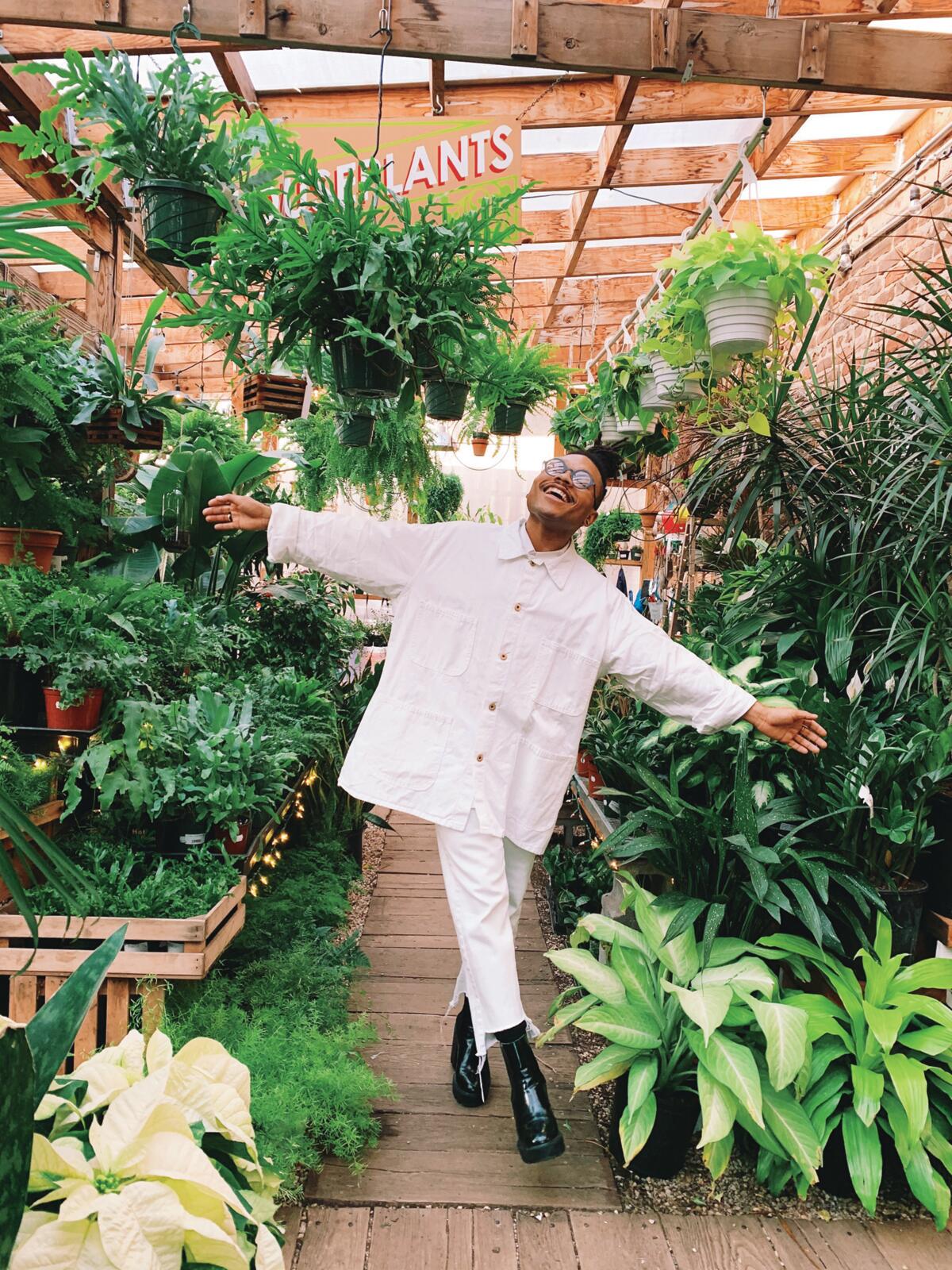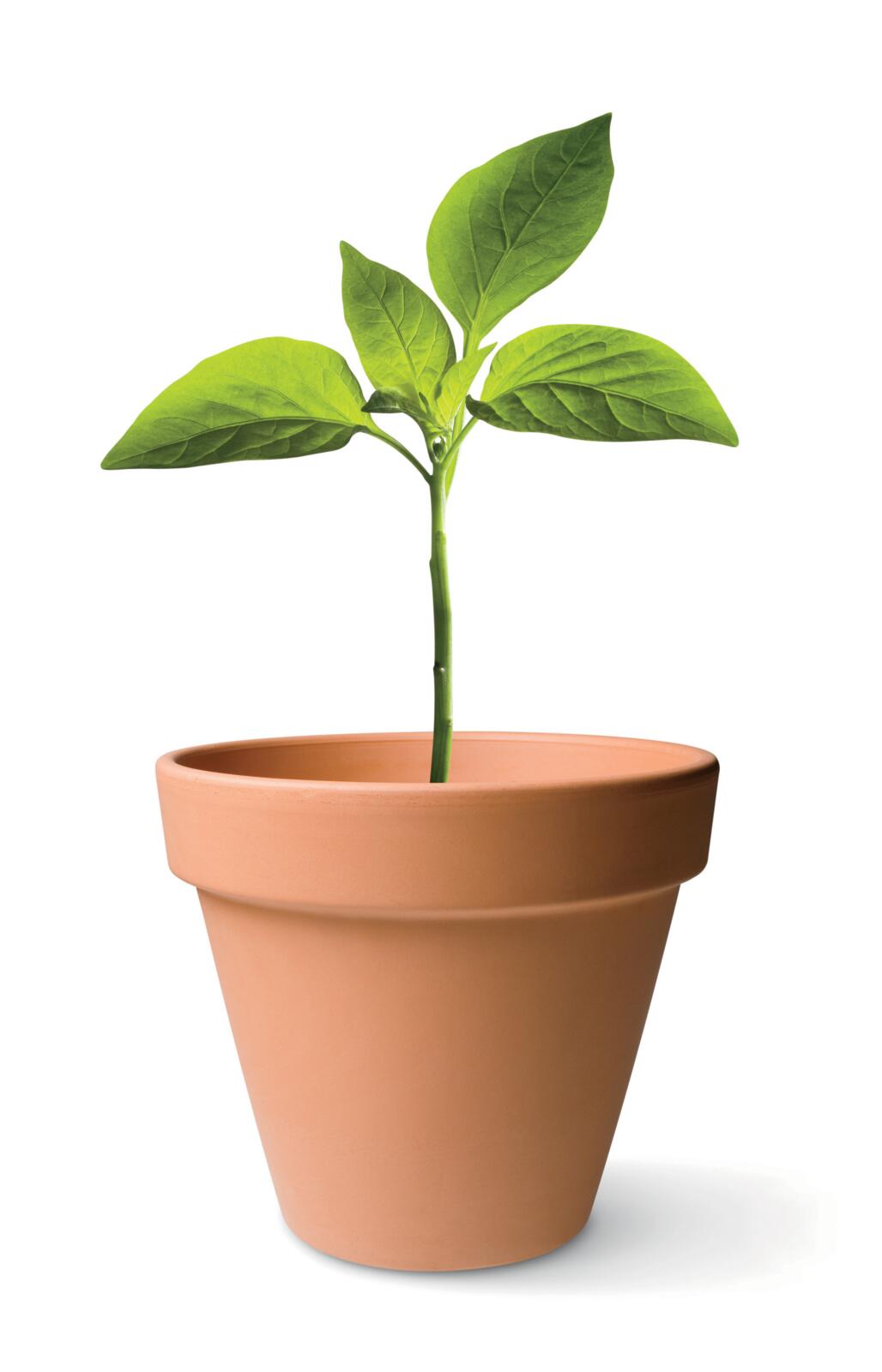
Plants have a sort of magic about them. Add a Monstera deliciosa (Swiss Cheese Plant) or pothos to a room and suddenly the energy shifts. Chances are, you’ve heard a friend or Internet fave talk about how tending to their “babies” has helped them with self care. Or maybe you remember the sea of green at a grandparent’s or aunt’s home when you were growing up. Beautiful, right? And calming, too. Studies have shown that plants help purify the air, reduce stress, and improve productivity and mood. We think it’s about time you added some of that green joy to your own home, which is why we’re sharing these plant-parent–approved tips and tricks for beginners and wanna-be-pros. Our guide will help ensure that the members of your plant family thrive.
Assess Your Environment
Before you pick a plant, you need to know that you are bringing it into a space where it can flourish. When you walk into your local nursery to purchase your new addition, you should have an understanding of the light in your house. That key piece of information will help you decide which plant to buy. Some need direct sunlight, while others can be happy and healthy in low light.
“Light is your plant’s food,” says Briana St. Holder, founder of Free Plants ATL, a community event at which she gave more than 1,500 free plants, to some 1,000 people, last year. “Other than water, light is the most important thing your plants need. I think that people should get a light meter when they’re first starting out.”
Pace Yourself
The urge to buy a lot of plants at once is real, but you’re better off starting slow. “Don’t just go plant shopping and come back with five plants,” says Raven Davis, who shares her plant-care tips on Instagram as @HotPlantMom and runs a site by the same name. “Get one or two plants, and when you master taking care of them, you can start adding more.” She suggests giving each new plant about three weeks to acclimate to your space. After that, assess whether the plant is thriving with you or if you need to gift it to a friend.

Water Your Plants on a Schedule
It’s critical not to overwater your plants. “I tend to water my tropical plants every seven to 14 days—and for desert plants, I water every three to four weeks,” says Brooklyn-based plant lover Christopher Griffin, also known as Plant Kween. To test the moisture of your plant, stick your finger two inches into the soil to see if it needs more H2O.
Create a Routine
While you don’t need to water plants daily, checking on them frequently will help you master the art of caring for them. “I tend to check up on my plants every day as part of my morning routine,” says Griffin, who prunes dead leaves, checks soil moisture and mists plants while his morning coffee is brewing. As a plant parent to more than 200 plants, Griffin can’t check on each plant every single day. “I tend to space out my plant-care routine throughout the week,” he says. As you check on your plants, he suggests that you also tune into how you are nurturing your body’s needs. Have you taken your vitamins? Do you need sunlight?
Don’t Forget the Fertilizer
When you hear fertilizer, you may think of outdoor gardens or farms. But the truth is that it’s ideal nourishment for indoor plants as well. “We fertilize our plants because, in their natural habitat, they’re exposed to a lot of different elements that are providing them with nutrients,” Griffin explains. When it comes to fertilizer, there are a lot of DIY options, like eggshells, banana peels or coffee grounds. Do your research to find out what each plant needs. You can also ask advice on fertilizer from your local nursery.
Know When to Transplant
“If you notice that the health of the plant is declining, it may be time to give it a new home,” says St. Holder. “But be aware that repotting [can be] very stressful for your plant. It’s like you’re literally uprooting it and putting it into a completely different environment. I look at repotting as a last option.” To avoid shocking your plant unnecessarily, here are a few things to consider before digging it up: Does it need different light? Do you need to adjust your watering schedule? Is your home hotter or colder than usual? If none of these changes improves your plant’s health, repotting may be the last resort; but be sure to go up no more than two inches in pot size. Says St. Holder, “One thing that people do is, they’ll say, ‘I really want my plant to get big, so I’m going to repot this little plant in a huge pot so it gets bigger.’ That’s not how it works. Your plant is just going to end up dying from root rot.”

Multiply your Plants
One way to share your love of plants with friends, or just have more plants in your home, is plant propagation. It’s also a way to preserve a plant that is struggling. “I’ve had some plants that I felt were on their way to the little botanical garden in the sky, and I propagated them—to save a piece of them or so I could just regrow them,” says Griffin, who watched his grandmother do the same with her plants when he was a kid. Clip a piece of your plant, then put it in a jar of water or a soil-less potting mix—you’ll want to research techniques specific to the plant you’re propagating—and watch as new roots sprout. After a few weeks, it should be ready for soil. Overall, treat your plant journey as a time to learn. Growth will shift with the seasons, new plants will bring new lessons and moving to a different home could mean a whole new routine. Be patient. And as you become aware of each plant’s needs, be sure to lean into nurturing yourself through changes, as well.
Get the Right Pot
The pot you choose for your plant matters. Pick one with drainage holes at the bottom, or be prepared to drill a hole. This will ensure that your plant isn’t sitting in too much water. Also consider what type of pot you are using and how it might affect your plant. “Terracotta usually draws the moisture away from the soil,” St. Holder explains, “so you might need to water your plants in terracotta pots more than plants that are in plastic, ceramic or metal pots.”
